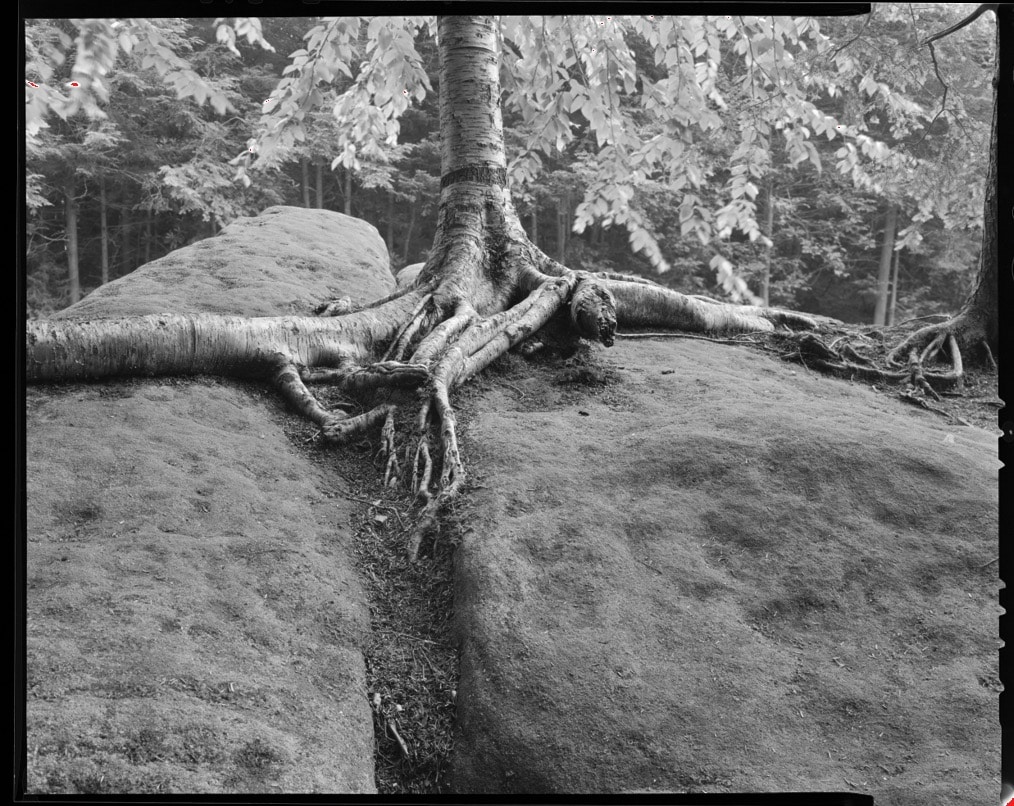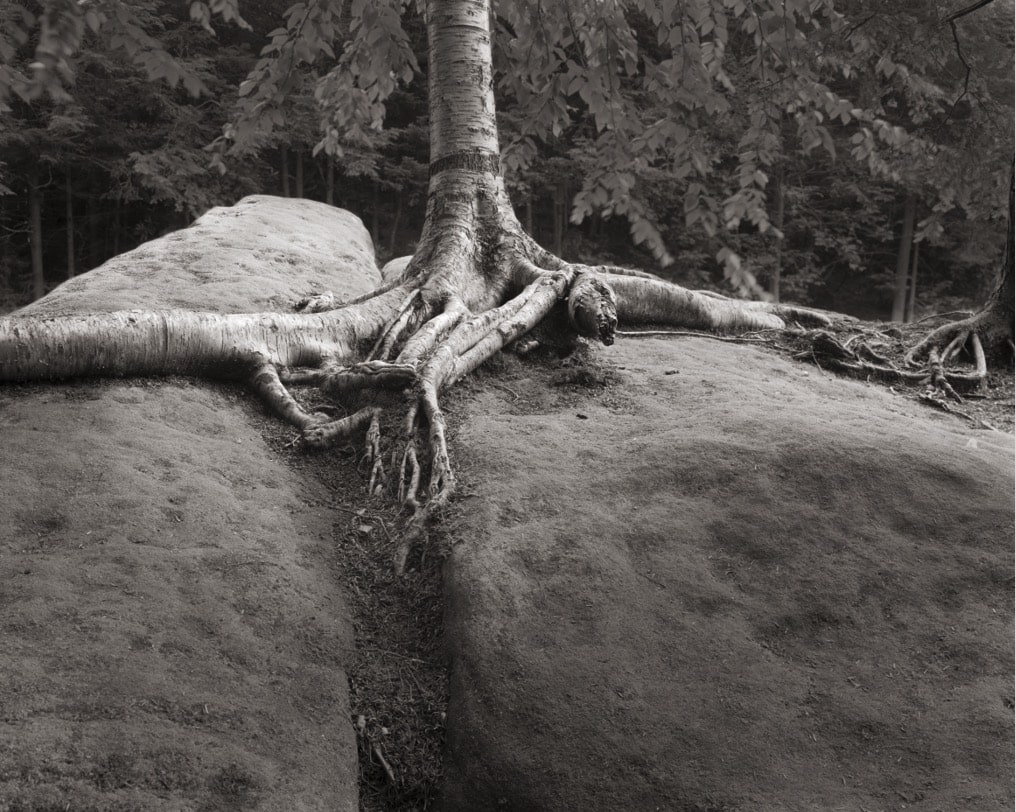I like taking photographs, but I love making photographs. And making photographs requires more than a camera.
Everyone today takes photographs. Is just too easy not to. We all have a camera with us most of the time, and there’s always plenty of people, events, places, food, and pets to take and share pictures of.
But what does it mean to “make” a photograph? Is making a photograph different than taking a photograph?
It’s interesting that there is such a distinction for photographic art. No one ever says “take a painting” or “take a sculpture.” It’s only in photography that we can both take a photograph and make a photograph. And yes, there is a difference between taking and making a photograph.
So what’s the difference? Why are some photographs made while others are merely taken? Are we just talking semantics here?
Not really. When folks talk about making a photograph, they are implying that, in the making:
- the result will be something that doesn’t already exist, and
- the making will require some degree of personal expression, in other words, the maker (i.e., the photographer) shapes the final image to suit his/her abilities and, most importantly, their artistic intent for making the image.
As an example, a painter–once choosing to make a picture of a mountain valley–eventually must decide what that valley will look like in the final painting. The fact that the painting doesn’t already exist is easy to accept. The idea of a painter expressing his/her vision is also easy to accept. It can be highly representational, or abstract, or surreal, or any number of styles open to the painter, consistent with their artistic abilities and limitations. They can paint in a river or forest that isn’t on the landscape naturally, or they can choose to remove physical elements from the landscape they don’t want to appear in the final painting. The ‘making’ of a painting is entirely up to the artist. We readily accept that.
Well, it’s much the same for making a photograph. To make a photograph first requires a camera to capture the scene (i.e., the taking part), but it also requires much more. Making a photograph also requires that the photographer have a vision of the final image and the skill to express that vision. The range of possibilities open to a photographer is as vast as that open to oil painters or any other artist, especially true in this digital age of compositing multiple images and other digital manipulations possible today.
Back before the digital age, the distinction between taking and making photographs was much less confusing than it is today. Years ago, the only way to get a photograph was to make one. Sure, just like today, the pre-digital photographer first had to take a picture, but the result was incomplete and essentially without value: they couldn’t do anything with the exposed film until they developed it, evaluated it, and printed it (including all the possible creative manipulations made during the printing to realize the photographer’s vision). Back then, all photographs were made, not merely taken. Taking a photograph was only the first step of many steps required to create / make a photograph.
Jump forward to the modern digital age and all that changes. I’d guess almost 99.999% of all photographs we see are simply taken. We stand, we click the camera, and voila, there’s the picture on the back, ready to share on Facebook or Instagram. “..Look what I had for breakfast !…” Not very expressive, but we’ve all taken these photographs.
Remember the vision part? Now we’re entering confusion territory, my friend. Some would say that even a snapshot was “made”, not merely “taken.” And that can be true, because the difference between taking a photograph and making a photograph has nothing to do with the technology used. And it has nothing to do with lapsed time or effort involved. It only involves an intent and skill of the photographer to say something important in the creation. If the photographer’s vision is to make an image that compels an emotion, AND if the audience has an emotion, then that image becomes art by definition. And ALL art is made, again by definition.
Let’s contrast the snapshot approach (i.e., merely taking a picture) with the expressive approach to truly make a photograph.
In the image below (“Birch on the Rocks”), I was struck by wonder in the small birch tree seemingly plopped on top of the boulders. I found it while on a walk in the Allegheny Mountains in West Virginia, a beautiful nature location and a nature photographer’s dream destination. I wanted to make an image that expressed that wonder; the wonder of the tree’s placement in nature and its precarious life choice. There was a certain positioning of the tree and its related objects that I had in mind–using the art of previsualization–so I placed my camera to make sure that I captured those relationships, knowing the final image would require additional editing and “making” to realize the imagined final image.
Below is the image that my camera gave me, and I knew that to express the wonder I felt, the camera’s image was going to need some work on my part (i.e., the ‘making’ part of my vision).


My preferences for expressing, or making, images is generally traditional. I rarely use photoshopping tools beyond cropping, adjusting contrast, dodging, burning, and spotting. That’s the case with this image. My principle goal was to clearly emphasize the light falling on the small tree and its perch, which I accomplished by burning in the distant background and immediate foreground, while also dodging the small tree roots and rocks immediately around the roots. I felt the final expression was much better in showing the wonder I felt when I walked upon this small tree on its rocky perch.
My point is that just as a painter has the liberty to make a ‘scene’ express what he/she wants to say about their subjects, so does a photographer have those same liberties. Photographic art can be just as expressive as any art form, and the best photographs are made, not just taken.
Read more about artistic expression in photography.
Also see:
Are there limits to artistic freedom in photography?
The Down Side to the Digital Photography Revolution
